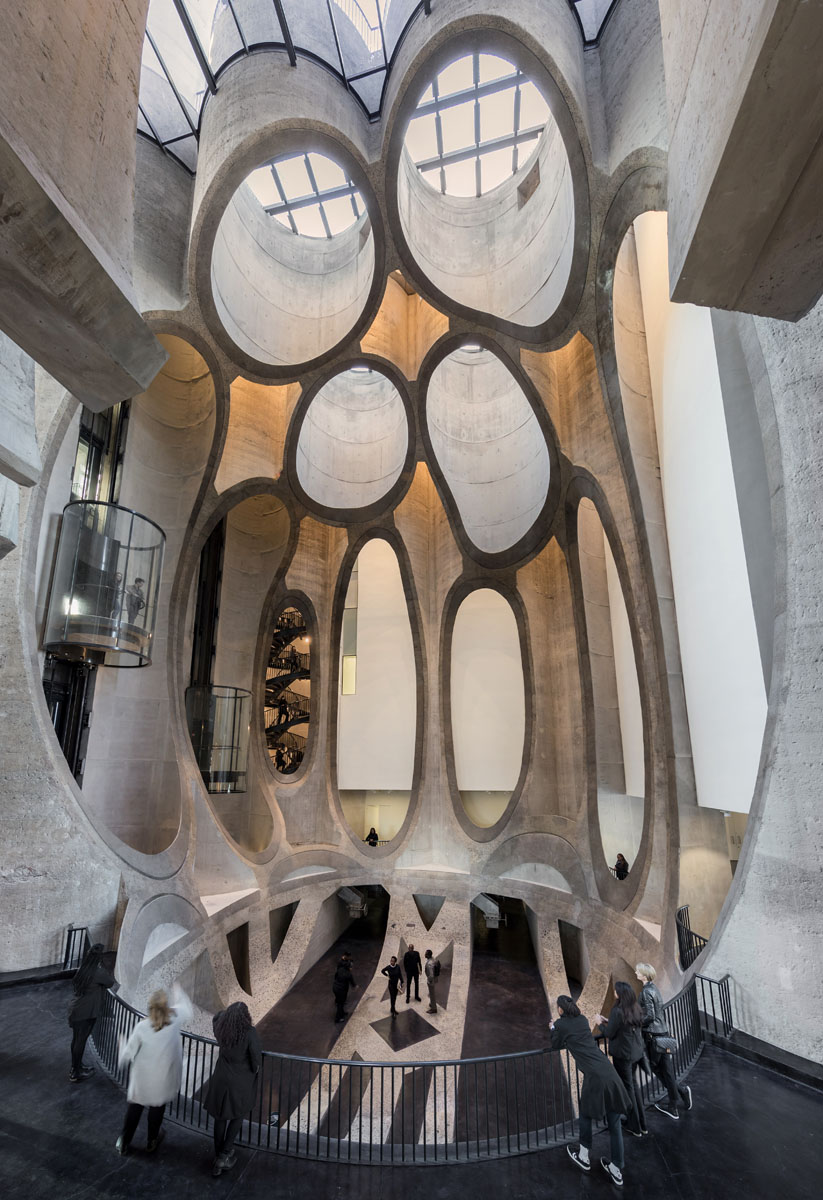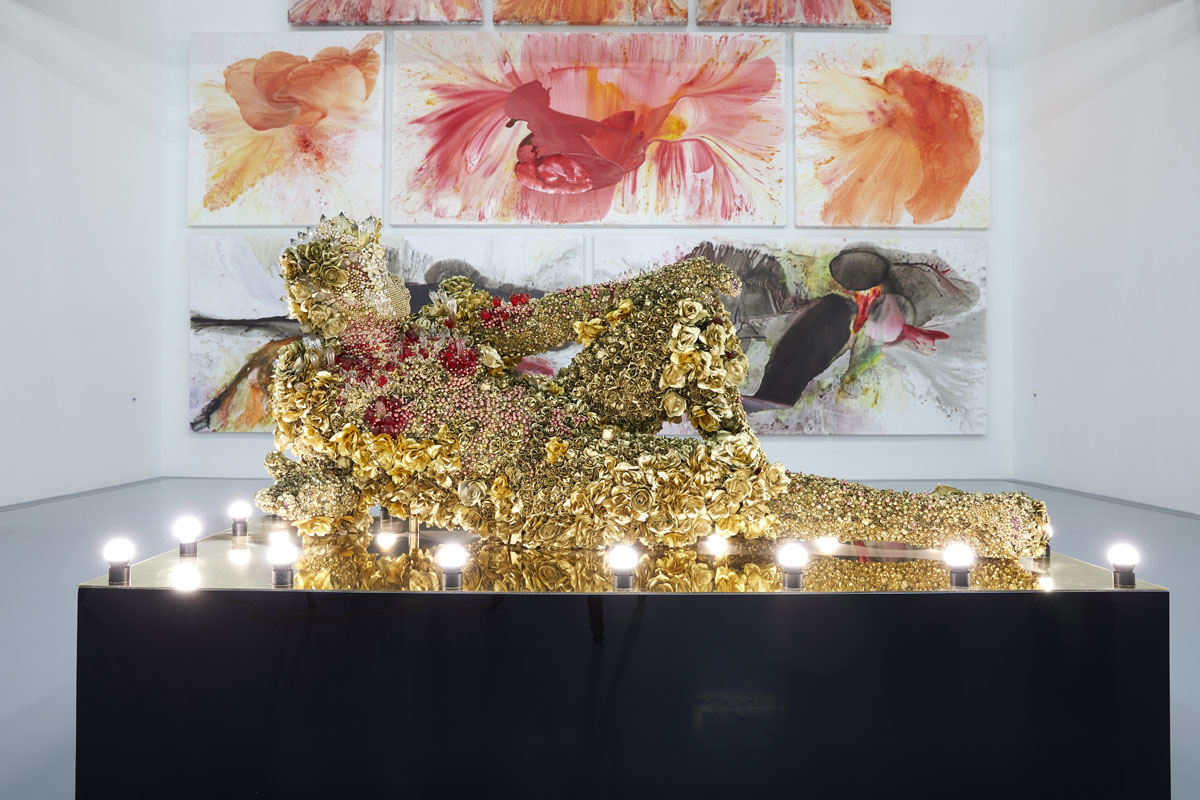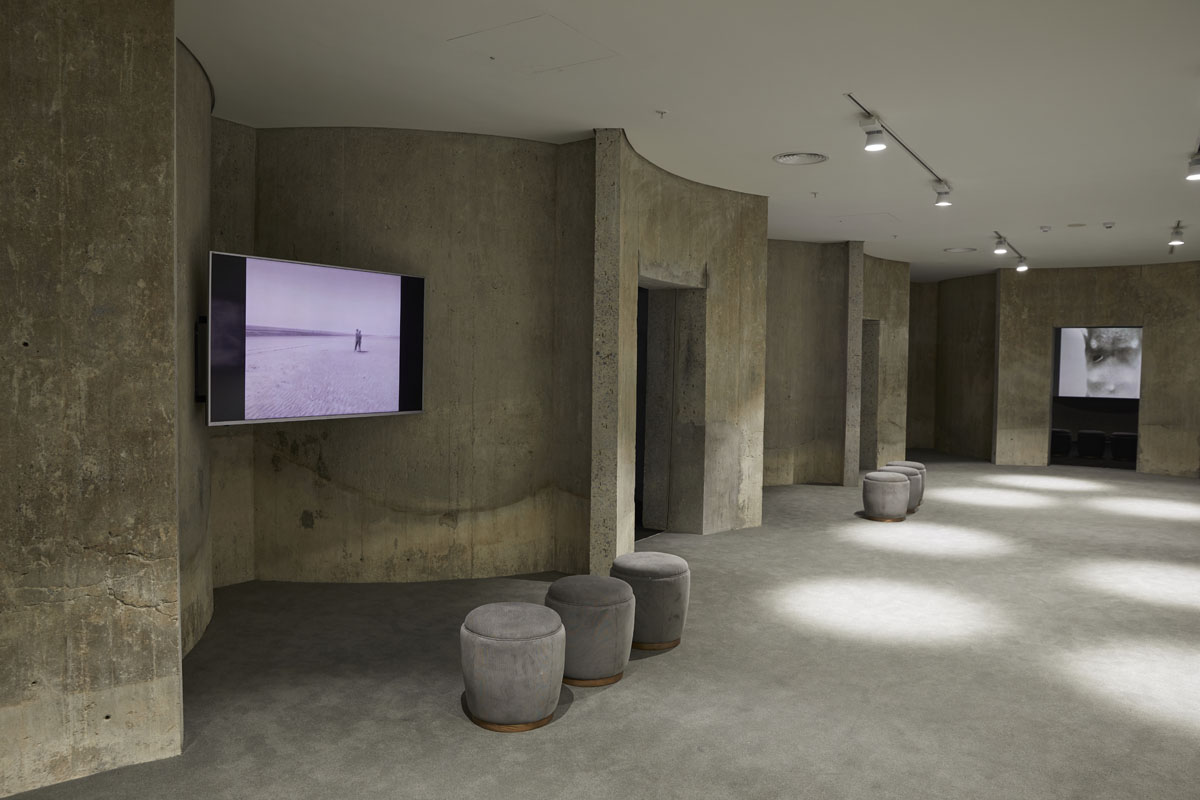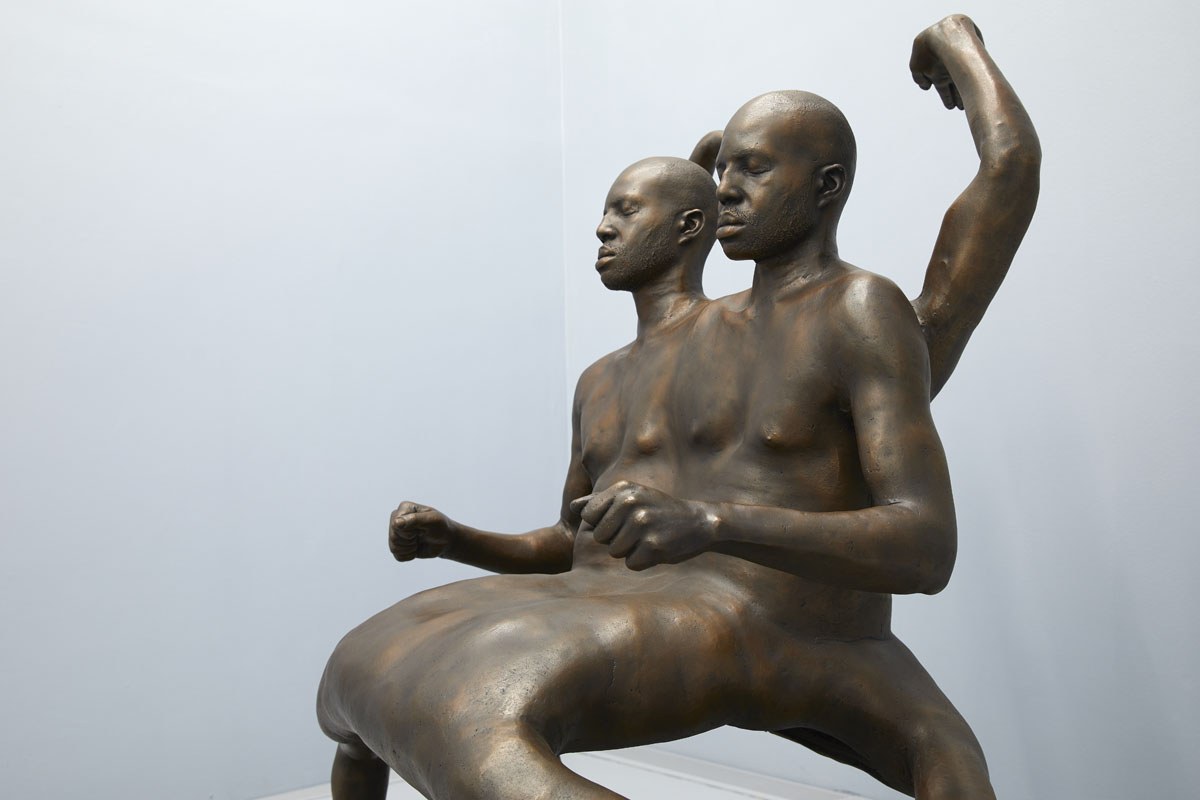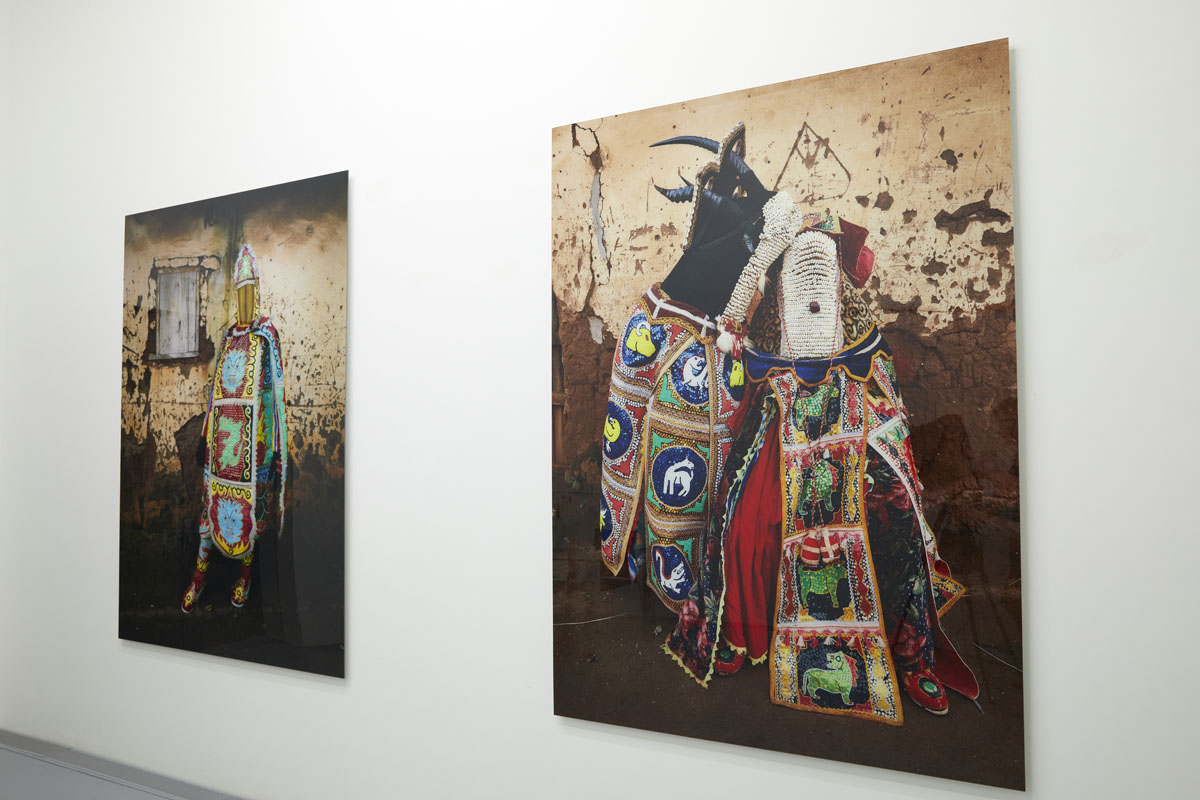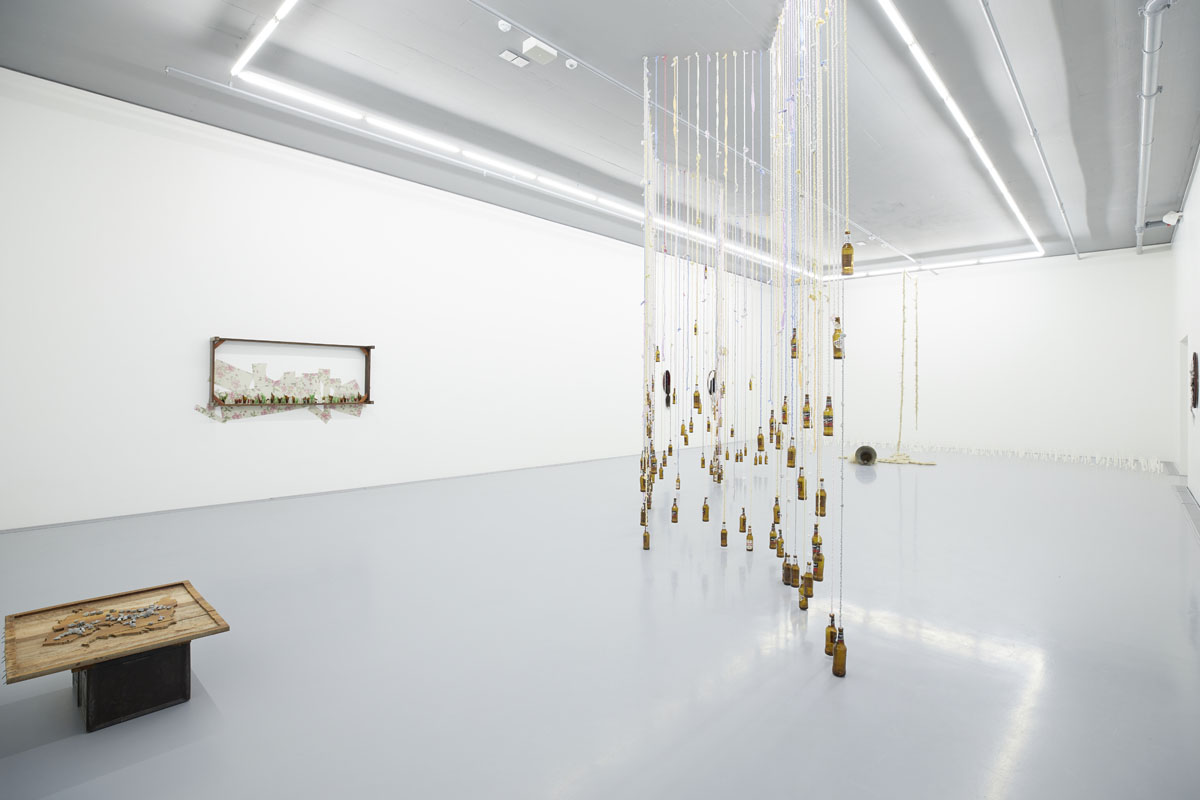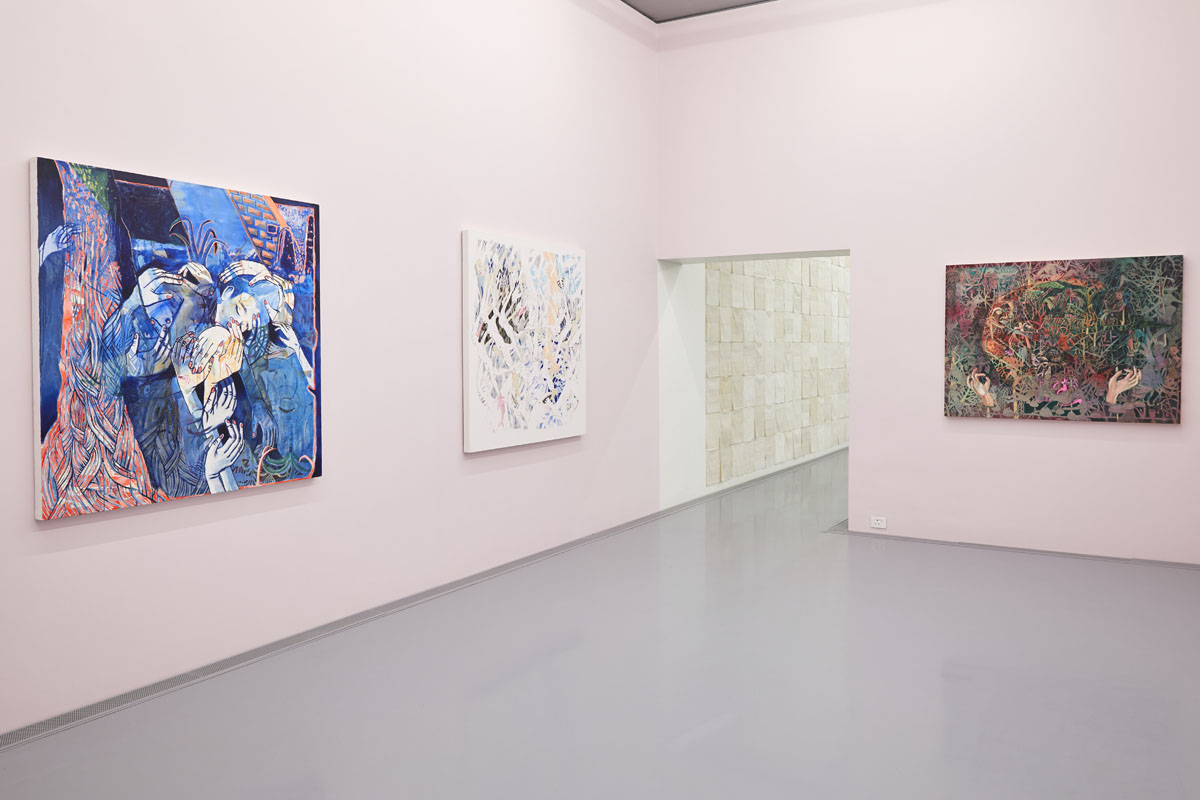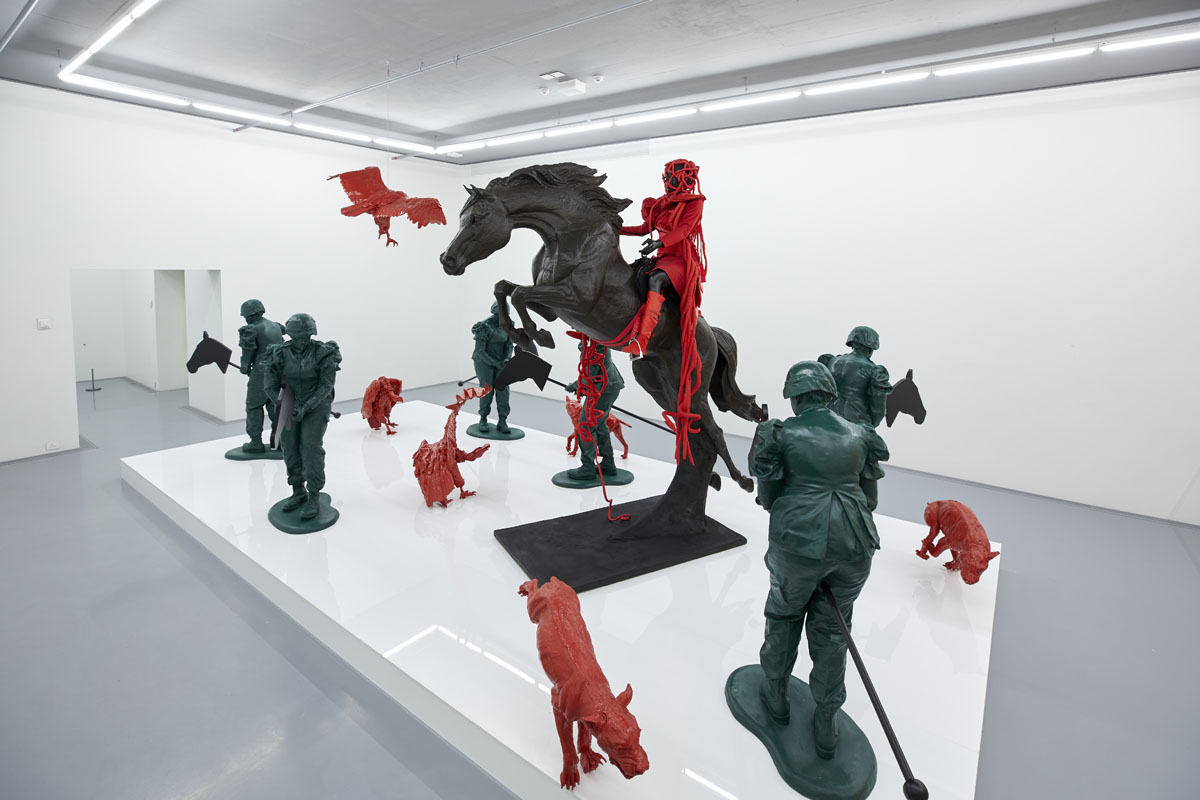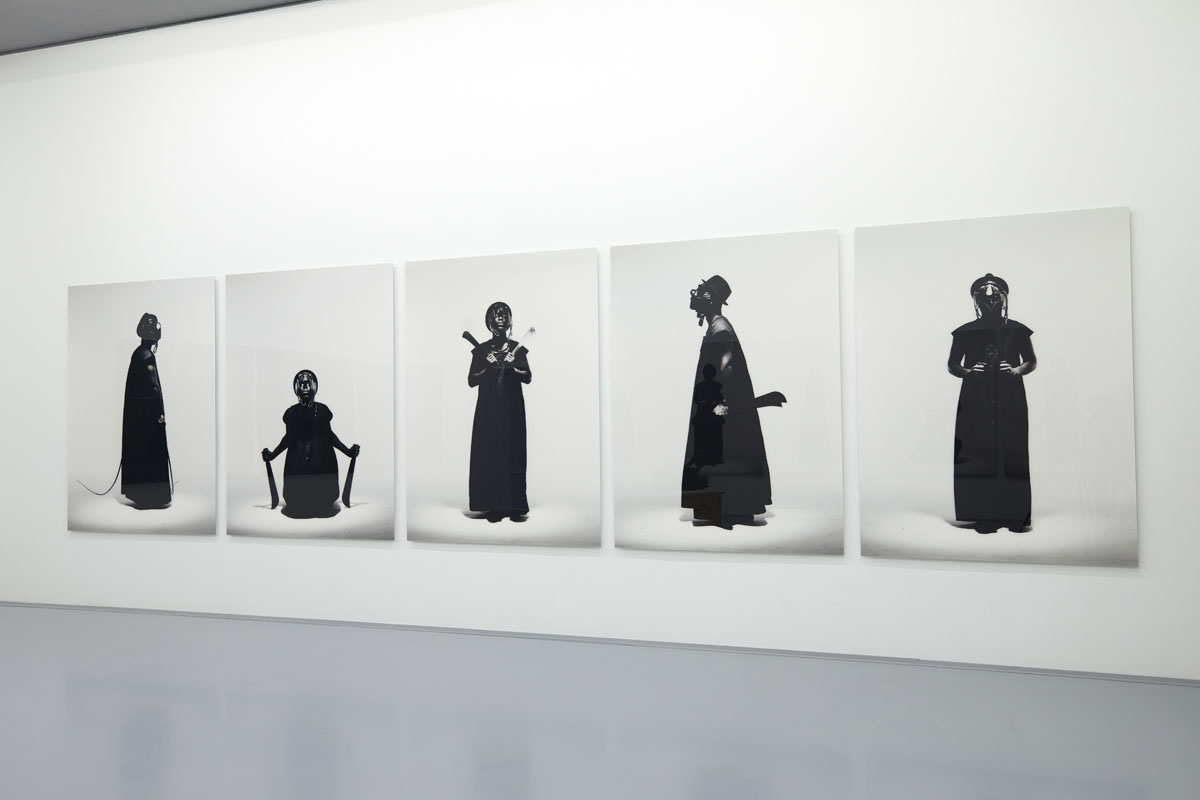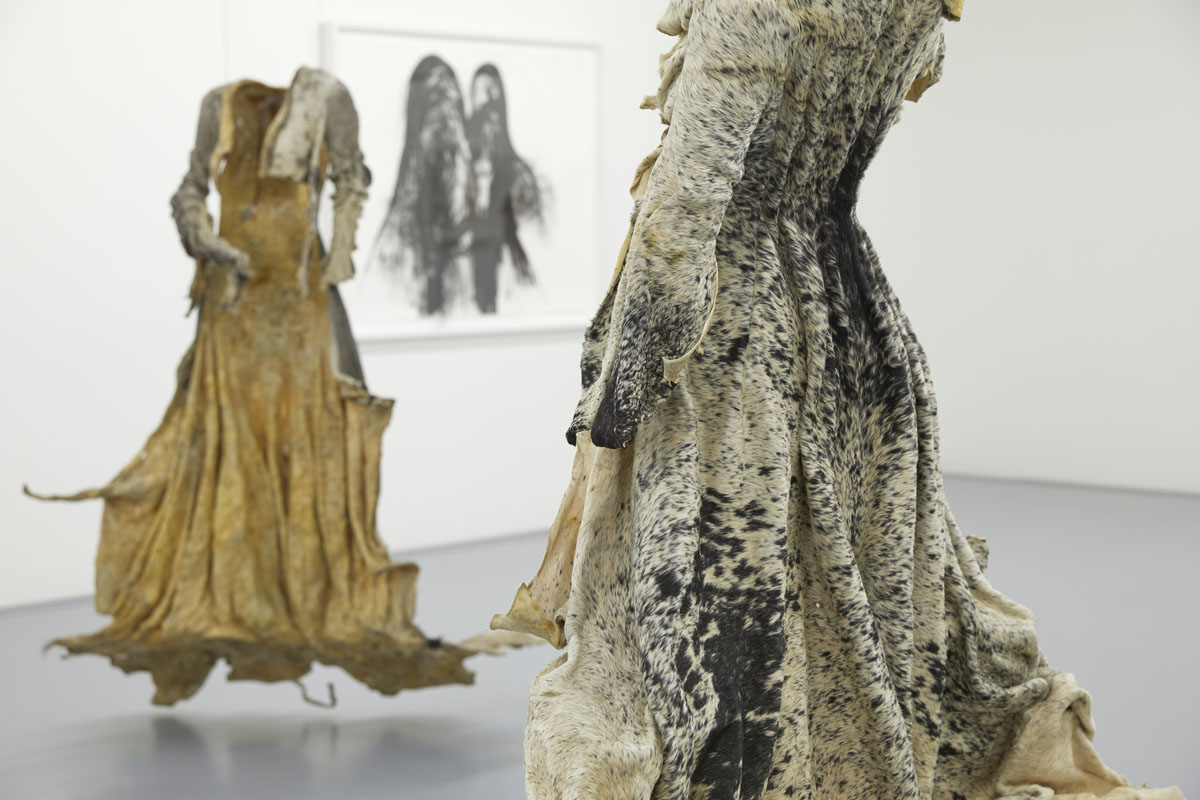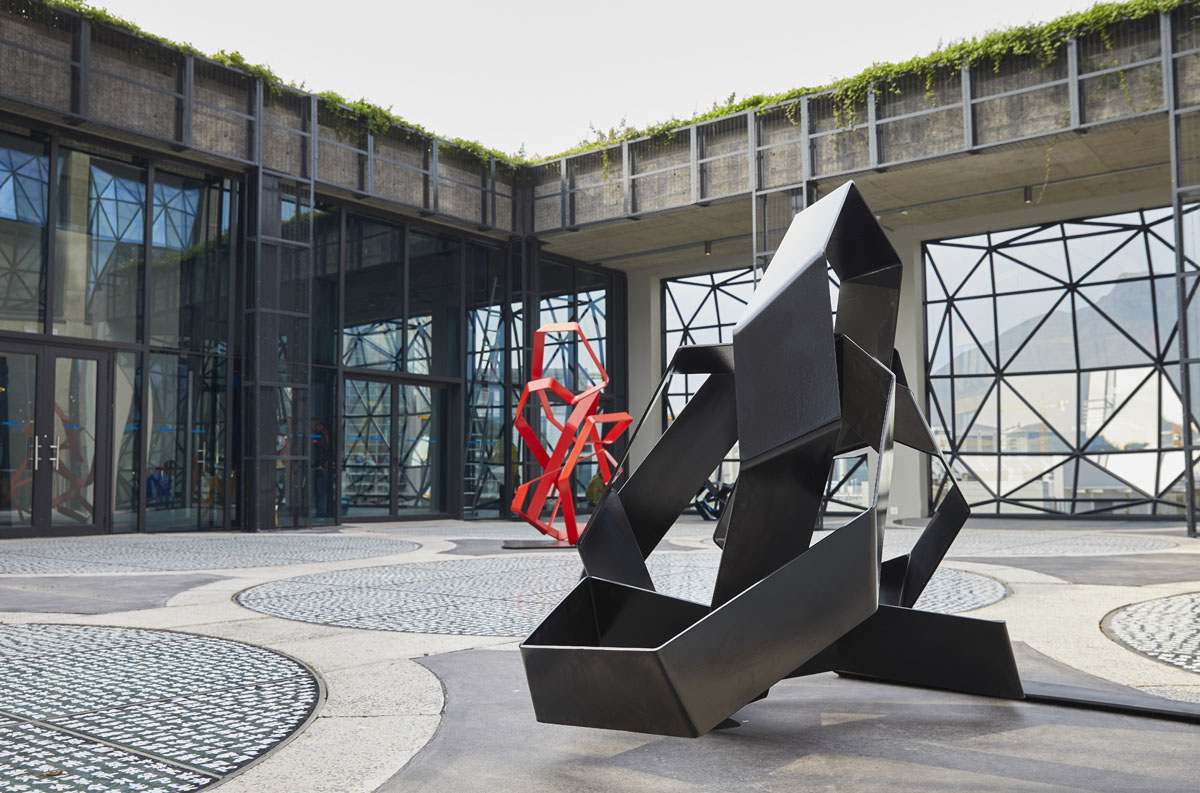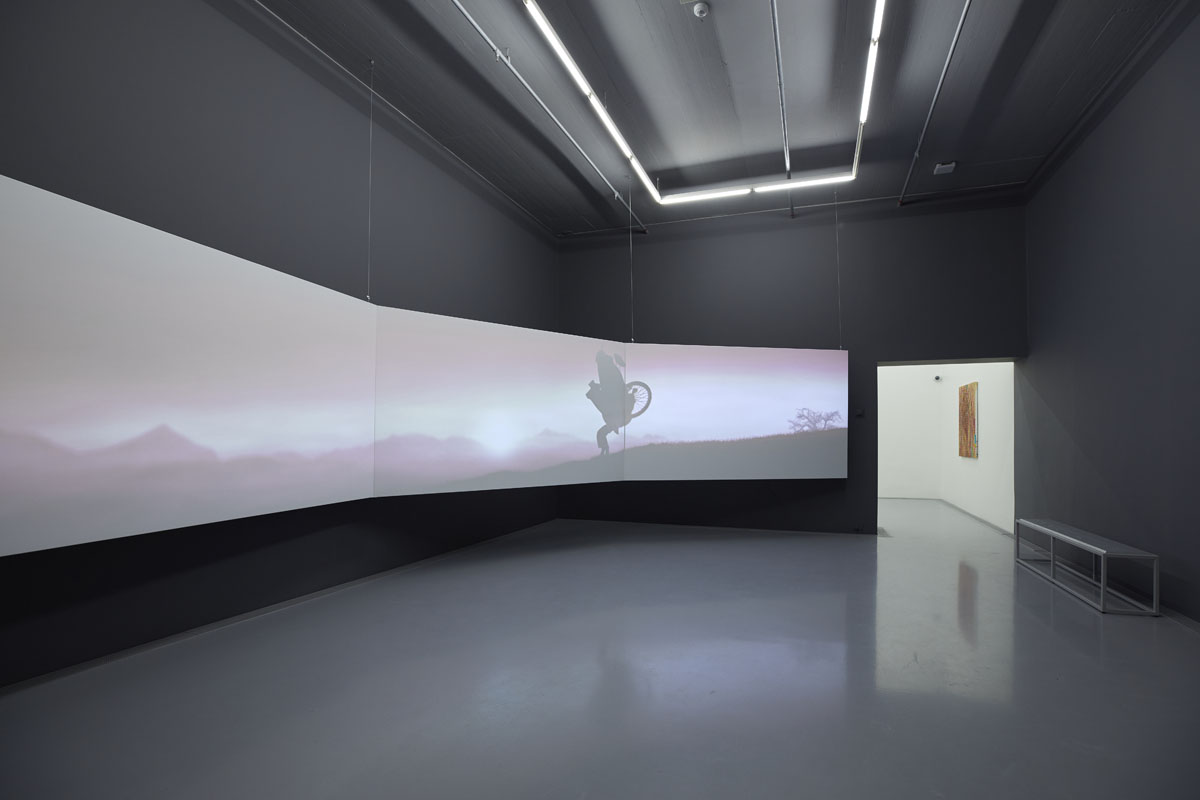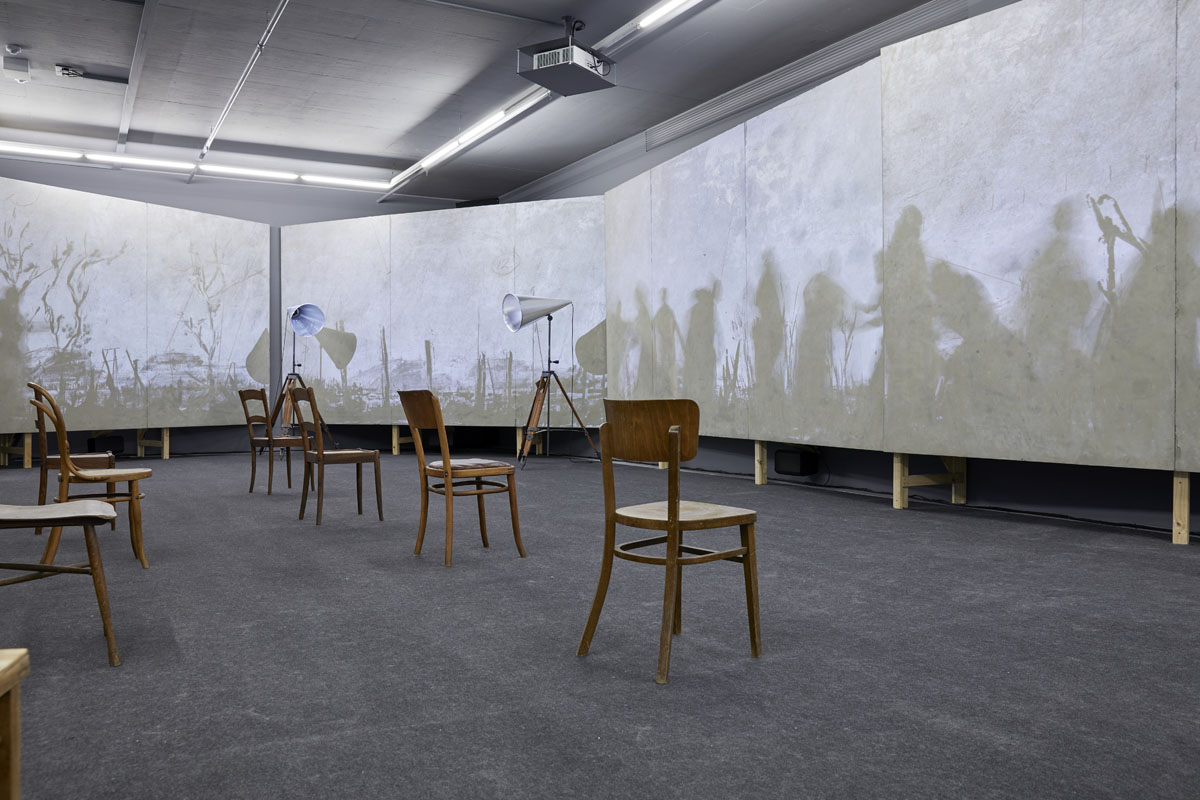Opening the doors of Africa’s first major museum of contemporary African art
In what has been described as a seismic moment for the history of art in Africa, the Zeitz Museum of Contemporary Art Africa (Zeitz MOCAA) opens its doors on Friday 22 September at Cape Town’s V&A Waterfront. This is the world’s largest not-for-profit museum of contemporary African art and the first of its kind to be established on the continent. Designed by celebrated architect Thomas Heatherwick, the space is an extraordinary restoration of what once was a derelict grain silo. There are nine floors and over 100 galleries, including a cathedral-like atrium on the ground floor and a sculpture garden at the very top. Travelling through the cellular structures, visitors are invited to explore this 102,000 square foot space and its numerous exhibitions focused on cutting edge work from Africa and the diaspora created in the 21st century.
Imagining a one-of-a-kind museum of this scale is no small feat for any team, particularly as it aimed to veer from traditional museum blueprints towards creating a model of its own. Chief curator and executive director of Zeitz MOCAA, artist and writer Mark Coetzee, explained at the preview press conference that, “We are defining African-ness loosely. In doing so, this museum has set up spaces that will act autonomously from one another so that curators are able to create exhibitions with focused themes and work with both temporary and permanent collections.” The permanent collection houses seminal works that intend to guide growing and dominant discourses, particularly around identity, decolonialism and politics, and will continuously grow in volume as part of a grand archive.
There are 12 opening exhibitions curated by a team of in-house and global curators spanning fashion, photography, the moving image and performing arts. Regarding The Ease Of Others is an early career retrospective of Zimbabwe’s Kudzanai Chiurai, curated by Azu Nwagbogu, which touches on themes of conflict resolution, decolonisation and political motives. Now And Then: El Loko/Kyle Morland, curated by Marijke Tymbios, speaks to the intergenerational dialogue between these two artists. Luanda, Encyclopaedic City, curated by Paula Nascimento and Stefano Rabolli Pansera, presents a site-specific installation by Angola’s Edson Chagas exploring the urban context of Luanda. The Roger Ballen Foundation Centre for Photography presents Off-The-Air, a show dedicated to Tunisia’s Mouna Karray, whose images “portray forgotten people and forgotten lands”. And Nigeria’s Yinka Shonibare MBE shows Addio del Passato, curated by Mihaela Limberis, which fills the museum’s dusthouse with a projection of Frances Nisbet, Lord Nelson’s estranged wife, singing the aria from the last act of Verdi’s opera.
Zeitz MOCAA also houses educational centres for visiting scholars and a centre for curatorial studies, which allows for hundreds of future curators from Africa and the diaspora to move through an annual programme. With the combined efforts of the curators, these centres are showing exhibitions that reflect art happening “right now” in Africa, Mark Coetzee said.
“We’re witnessing an extraordinary revolution today. The art world is an extremely permissible place and artists are supposed to be difficult”
Being the first of its kind, this museum states that its intention is to host and serve its community and it is with this in mind, the important issues of access and representation have been raised by many observers of the rising giant. For example, there has been criticism that the museum isn’t more centrally positioned within the continent - rather than its most southerly tip. In addressing this, the core thinkers behind the space, David Green (CEO of the V&A Waterfront), Thomas Heatherwick, Mark Coetzee and Jochen Zeitz (owner and donor of The Zeitz Collection, which forms the foundation of the museum’s collection), explained that the museum came about partly by the availability of a vacant historical building and partly because Zeitz’s collection of exceptional African artwork needed a worthy home. Heatherwick said: “Rather than asking ‘Where to place a museum?’ the project grew out of the need to fill the building with something of public significance.”
Furthermore, with the inequality around urban planning issues that Cape Town faces, transportation to the tourist and commerce-driven area of town in which the museum is located is a concern. It is both a matter of perception and practicality that troubles many South Africans, who remain subject to implicit and explicit levels of inequality and exclusion. It is with hope and perseverance for intellectual inclusivity and change that South African artist Thania Petersen said, “Access can only be changed by actually changing it – same with the issue of Cape Town. And we’re changing it by being here.” The V&A has promised that public transport to the museum will be improved for the general public.
The opening exhibition in the permanent galleries is entitled All Things Being Equal and curated by Coetzee. There are 41 artists participating in the show, including Leonce Raphael Agbodjélou, Kendell Geers, Nicholas Hlobo, William Kentridge, Mohau Modisakeng, Mary Sibande, Penny Siopis and Kehinde Wiley. The show urges viewers to make up their own minds when asking themselves the question ‘How will I be represented in the museum?’
With a vision of the museum’s future and its crucial role in the creation of dialogue around African art, its curation and its education, it is with great hope that conversations flow through the museum in such a way that they make an impact far beyond its doors. Urging interrogation of the importance of the white cube, RoseLee Goldberg, Curator at Large of Performative Practice and art historian, said: “We’re witnessing an extraordinary revolution today. The art world is an extremely permissible place and artists are supposed to be difficult. Art is to be unruly and accelerate politics.” Given these big expectations, the museum has become a potent agent for the cultural and critical appreciation of art by Africans, on African soil. As South African artist Athi Patra-Ruga said, this kind of museum serves to create a “vernacular that doesn’t need external validation” and it is with this sentiment that the history of African art will reflect on and create itself.
Zeitz Museum of Contemporary Art Africa, V&A Waterfront, Silo District, Cape Town, South Africa, opens 22 September 2017
Photography Iwan Baan
Visit Zeitz MOCAA
Published on 21/09/2017





